An Extraordinary Look at an Ordinary Lizard
photos by Orenda Randuch
Western Fence Lizards
Despite their camouflaging scales, Western fence lizards (Sceloporus occidentalis) are often seen conspicuously basking in the sun.
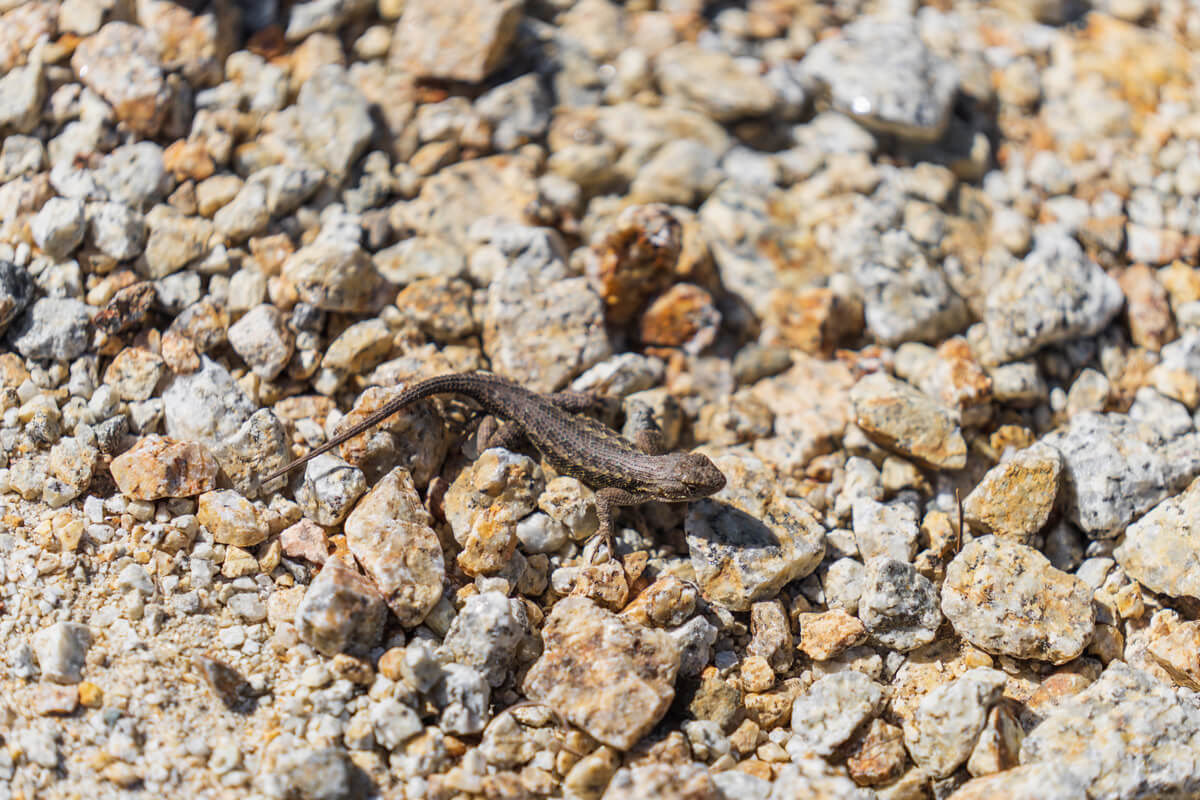
They love rocks, logs, trees, and of course fences in open, sunny areas but they’ll hide in burrows or under rocks and tree bark if its too hot or cold out.
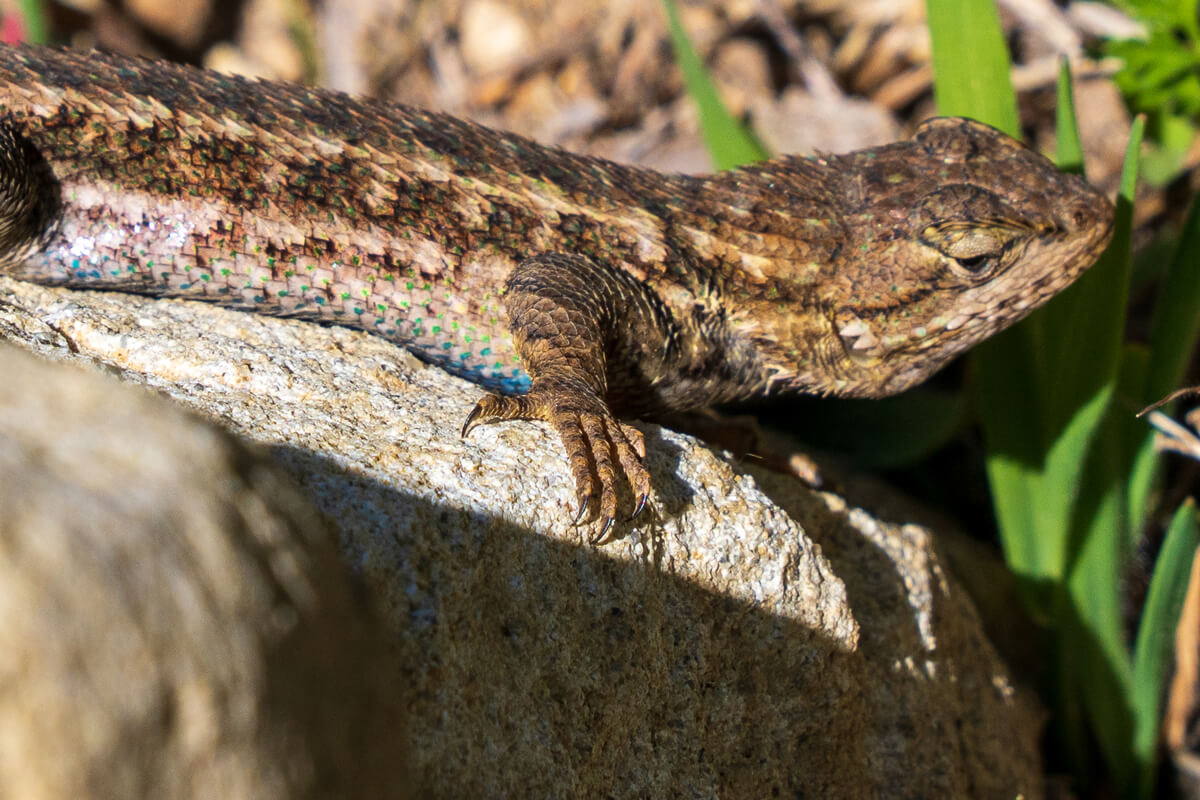
The local subspecies of Western fence lizard in the Santa Cruz Mountains is called the coast range fence lizard (Sceloporus occidentalis bocourtii).
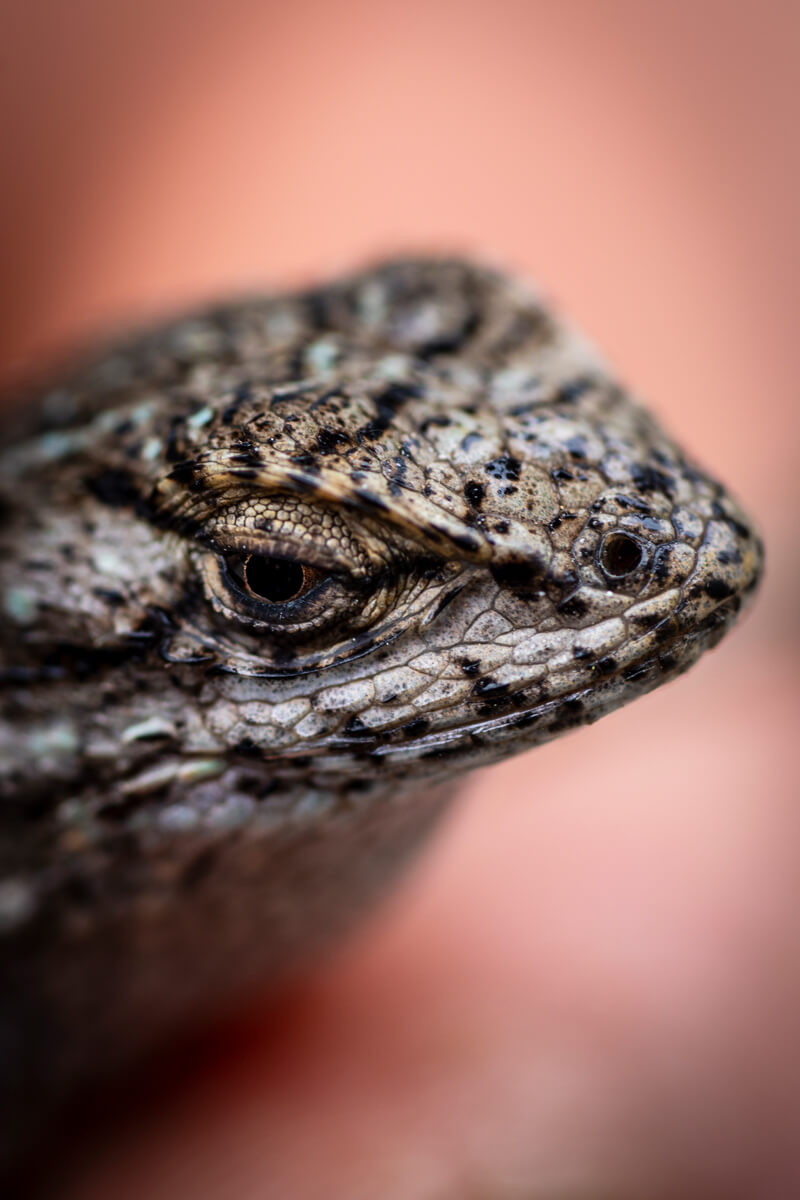
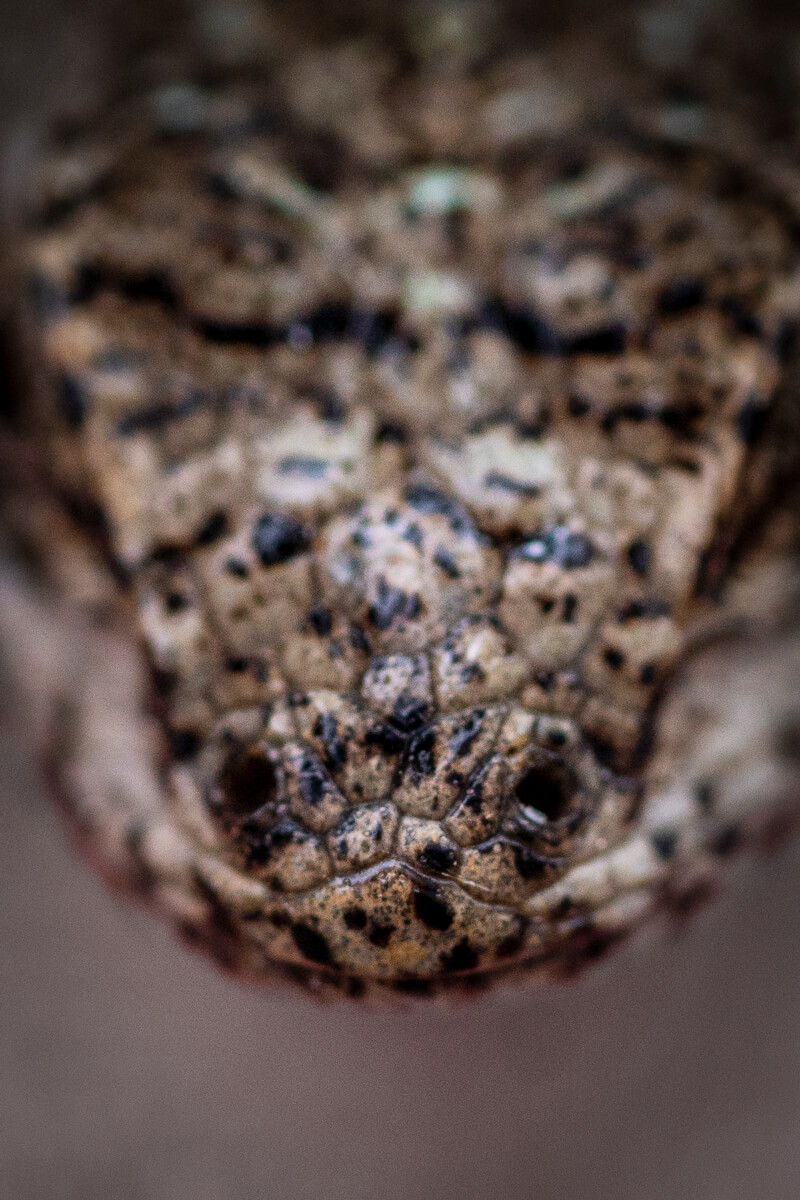
You may have heard them called “blue belly lizards." Orenda Randuch’s macro lens gives us a whole new appreciation for those beautiful blue scales the male lizards are known for.
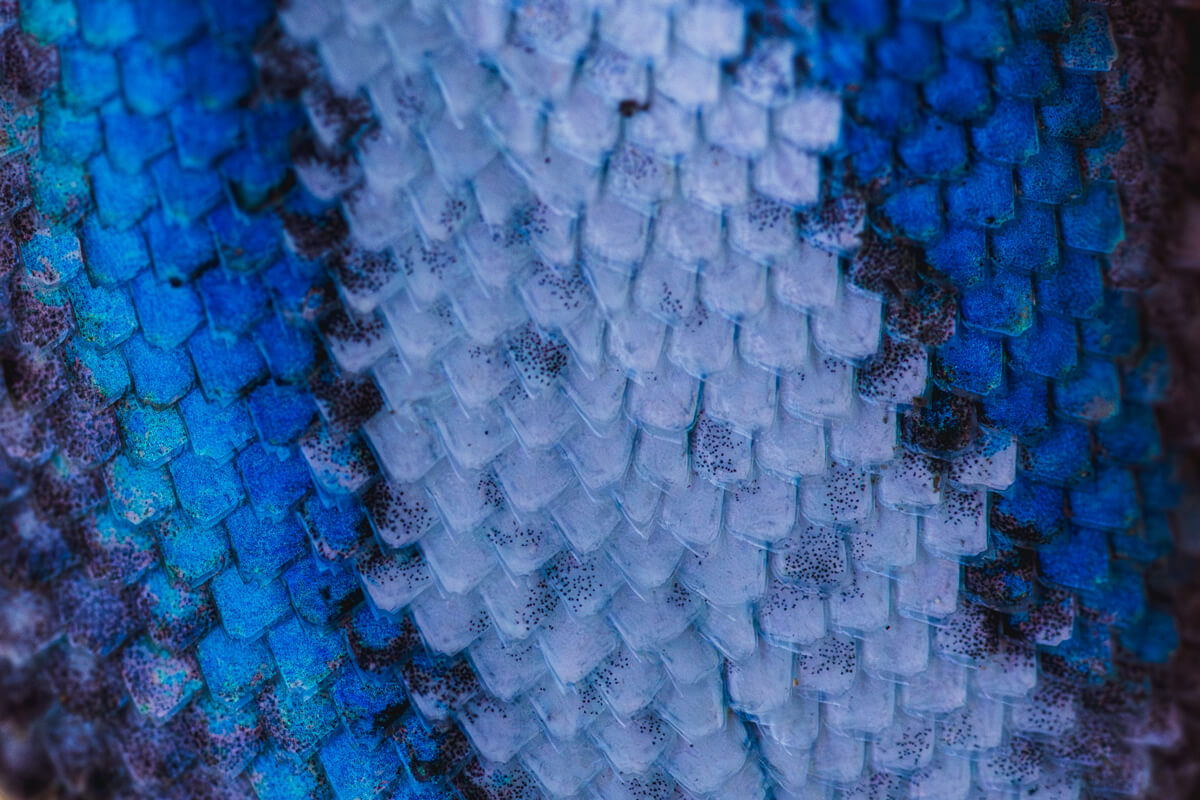
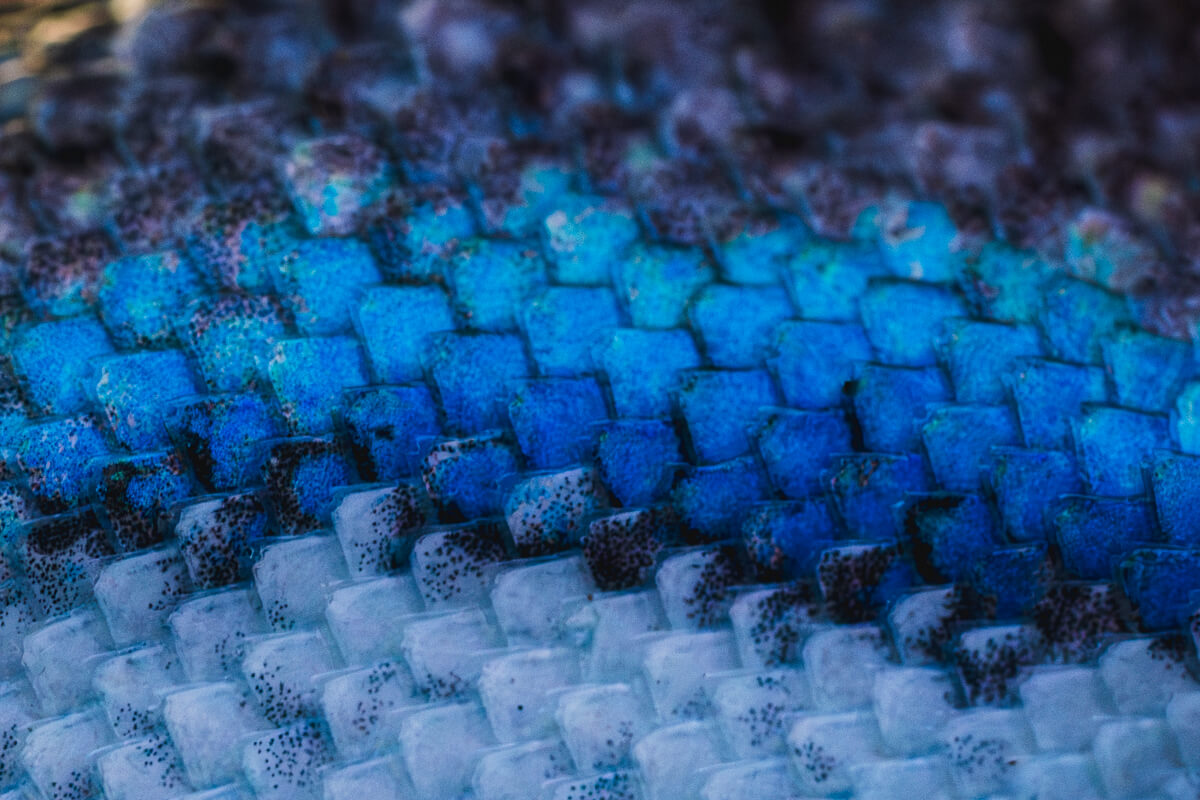
Although their appearances can vary greatly from individual to individual, Western fence lizards can also appear darker before they have warmed up, and males can appear more blue when they encounter one another during breeding season.
If their beautiful blue scales aren’t enough to attract a mate, male Western fence lizards will also bob their heads and do push ups to help show off their blue throat and colors.
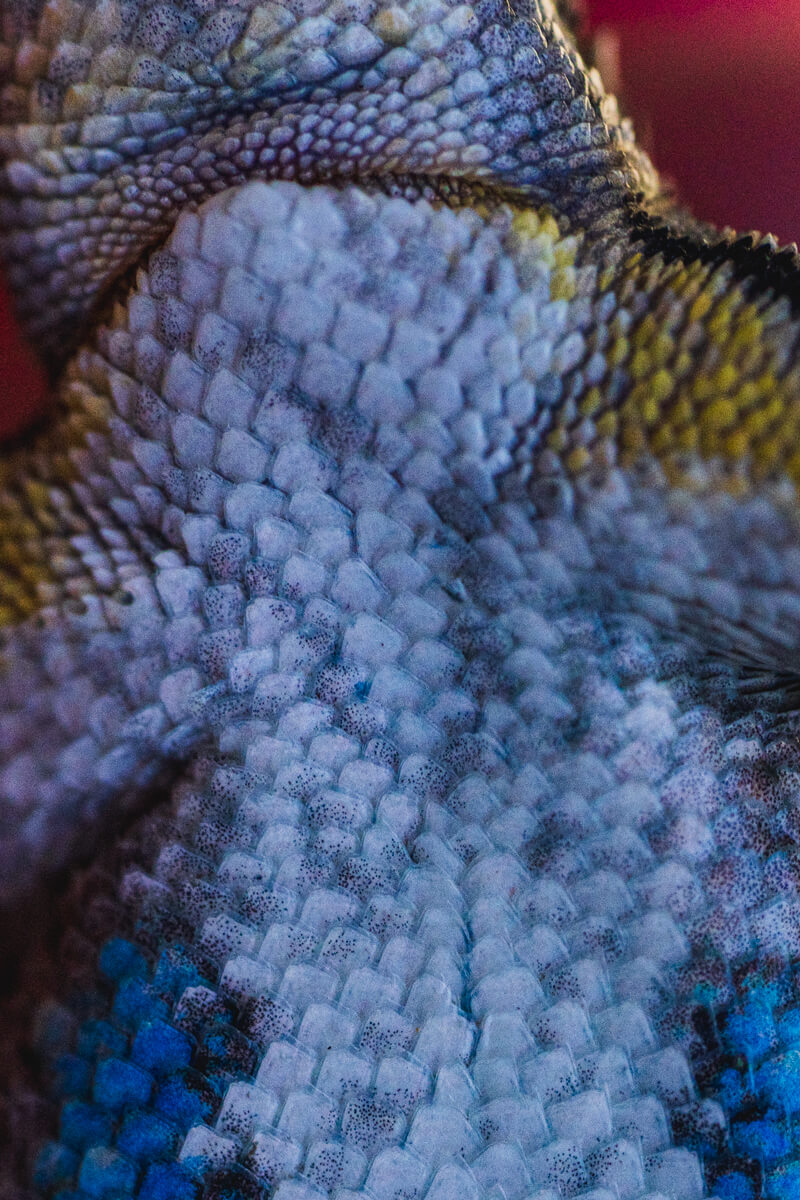
Western fence lizards are mostly covered in overlapping scales with spines at the tips.
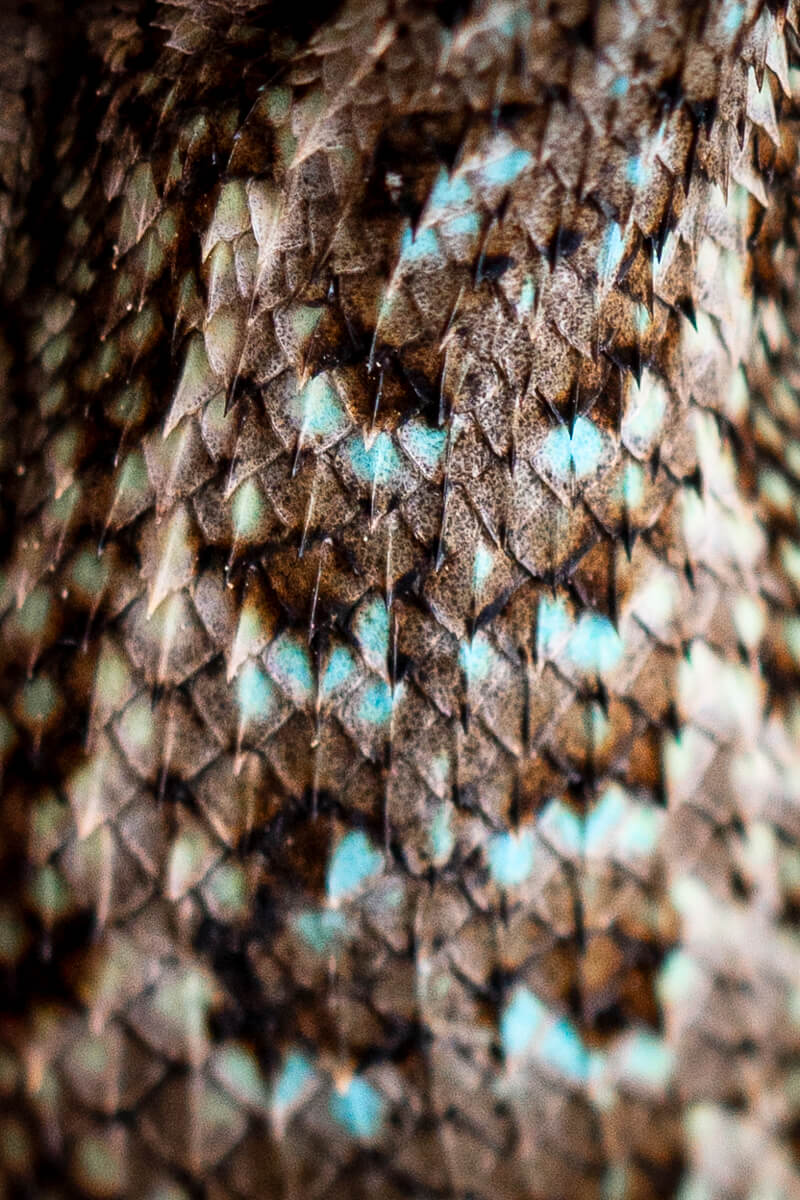
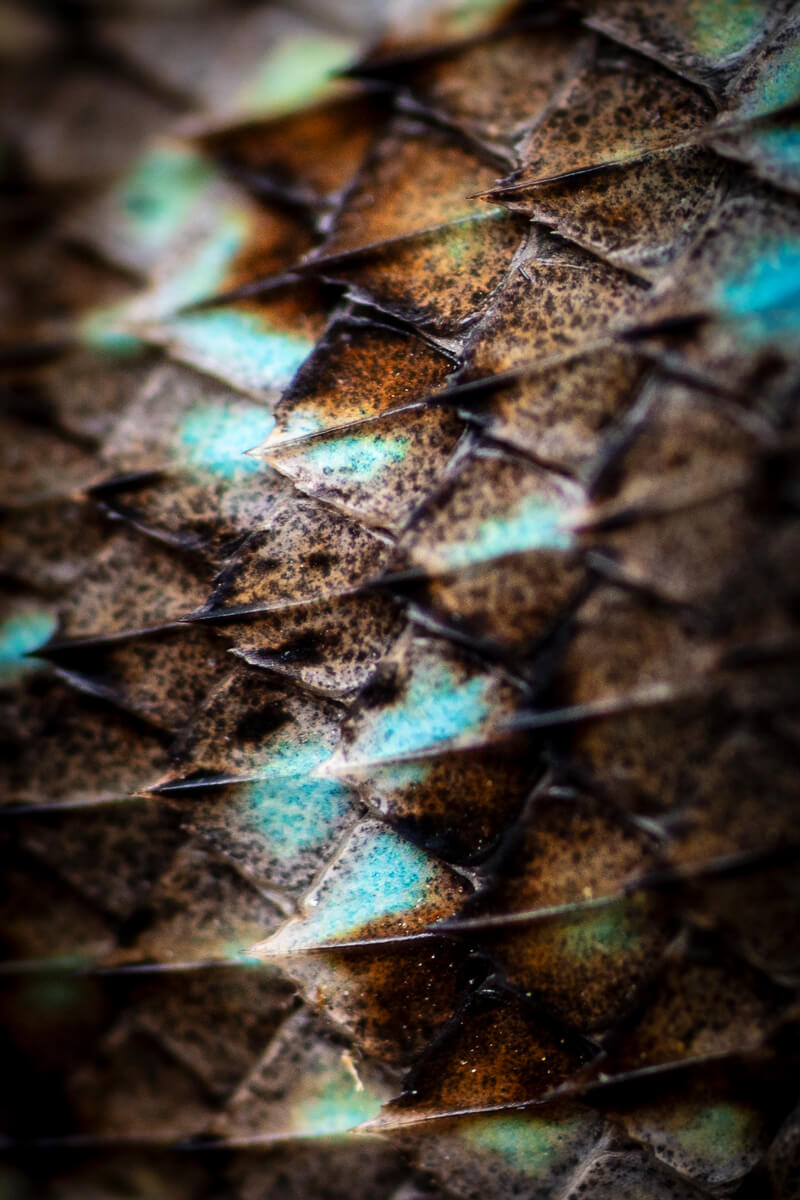
Unfortunately, their overlapping scales don’t completely protect them from ticks (as modeled by an aligator lizard below). However, research suggests Western fence lizards may help decrease Lyme disease thanks to a protein in their blood that kills the disease-causing bacteria in nymphal ticks.
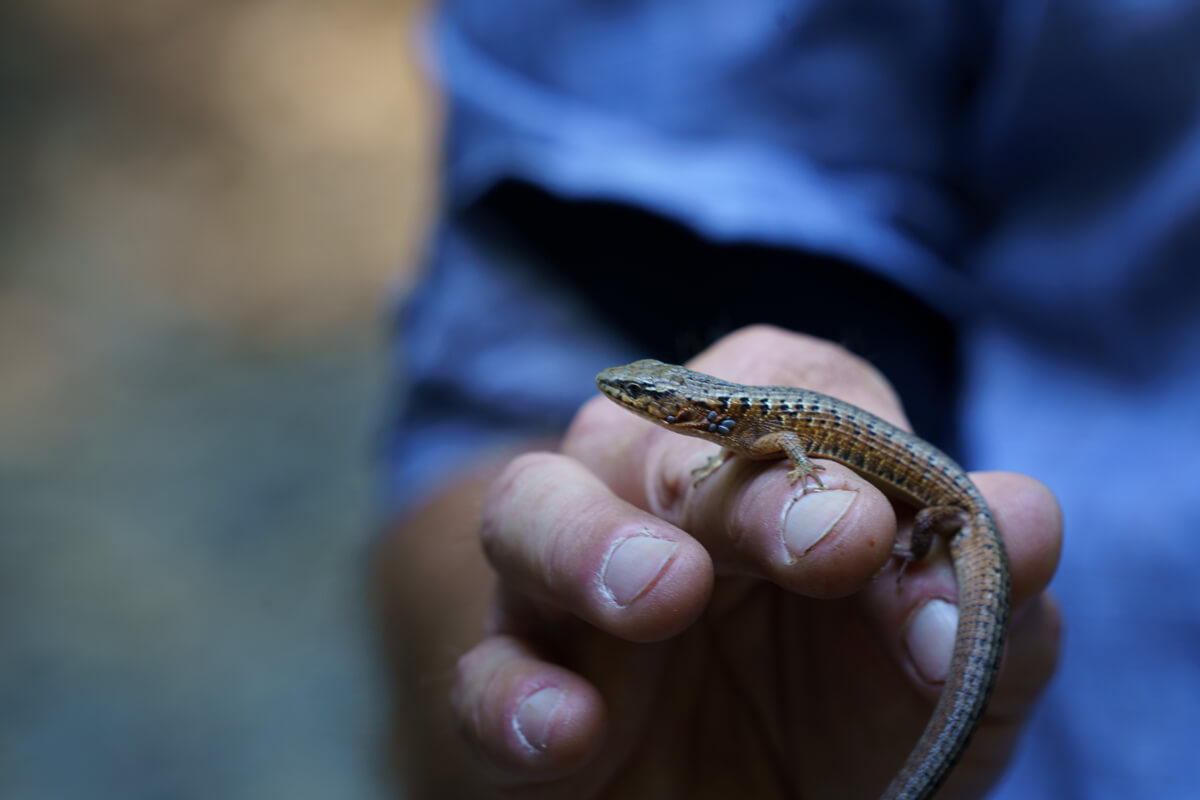
These diminutive, demure dragons also eat ticks—further helping to reduce the potential spread of Lyme disease—as well as other small invertebrates like crickets, spiders, and scorpions. Excitingly, Western fence lizards may even be one of the only lizard species to eat invasive Argentine ants which have disrupted the food chain their fellow Blainville's horned lizard friends rely on in the rare Santa Cruz sandhills.
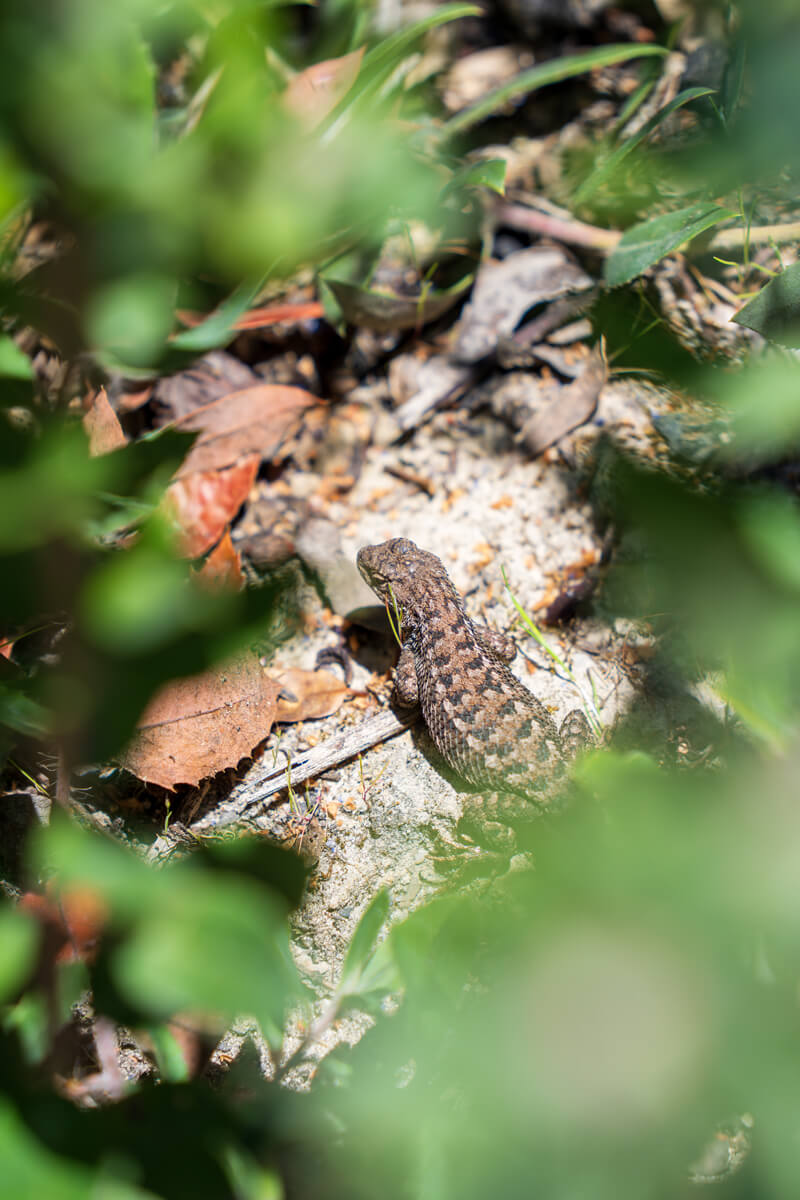
When faced with danger, a Western fence lizard’s tail can easily break off, sometimes called “tail autotomy”, to allow the lizard to escape if its tail is caught or to wiggle around and distract a predator while the lizard quite literally “makes a break for it.” The broken tails do grow back but typically not as long or as strong. So, if you get to admire one of these Lyme disease-fighting-invasive-ant-eating heroes sunbathing, please try not to scare their tails off.
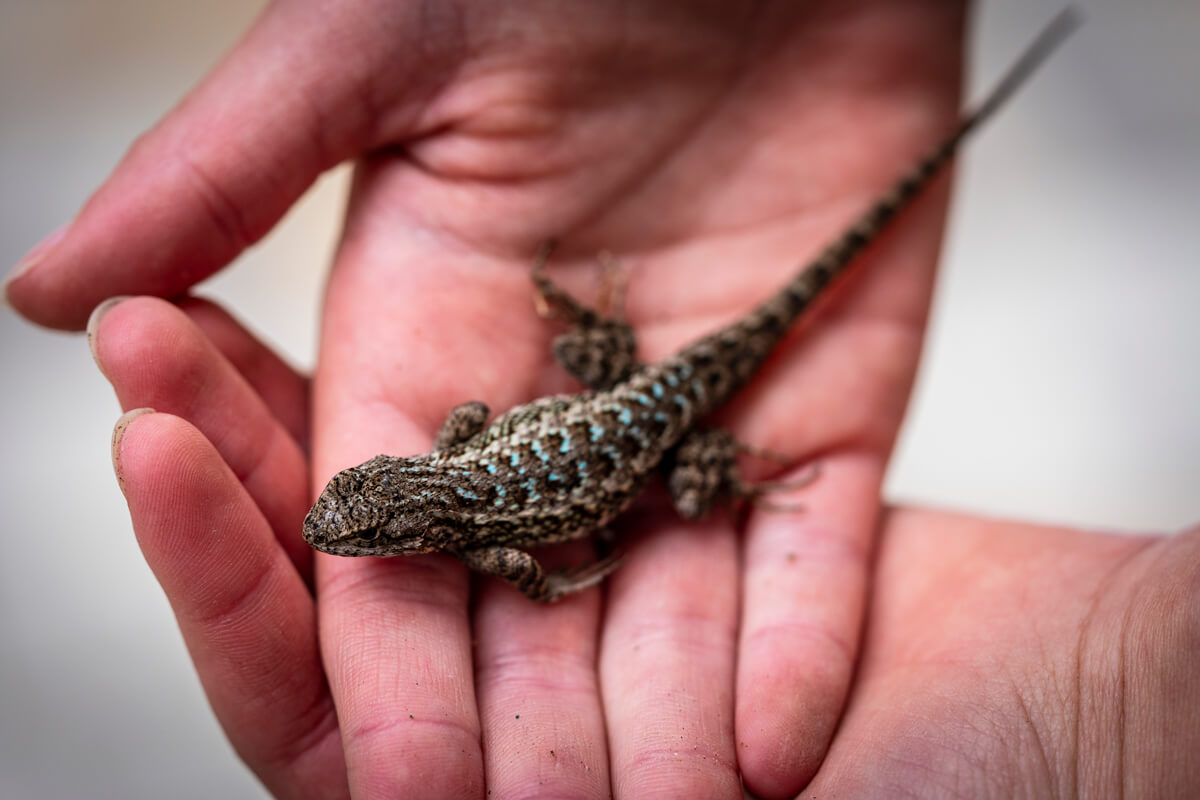
If you’d like to see more lizards or see them in a new way, join herpetologist and creator of #FindThatLizard Dr. Earyn McGee Under the Redwoods for her expert tips and tricks.
More to Explore
• Learn more about how to #FindThatLizard with Dr. McGee Under the Redwoods
• Learn more about the wildlife you protect in the redwood forest
• Read about lizards and other rare wildlife in the Santa Cruz Sandhills


